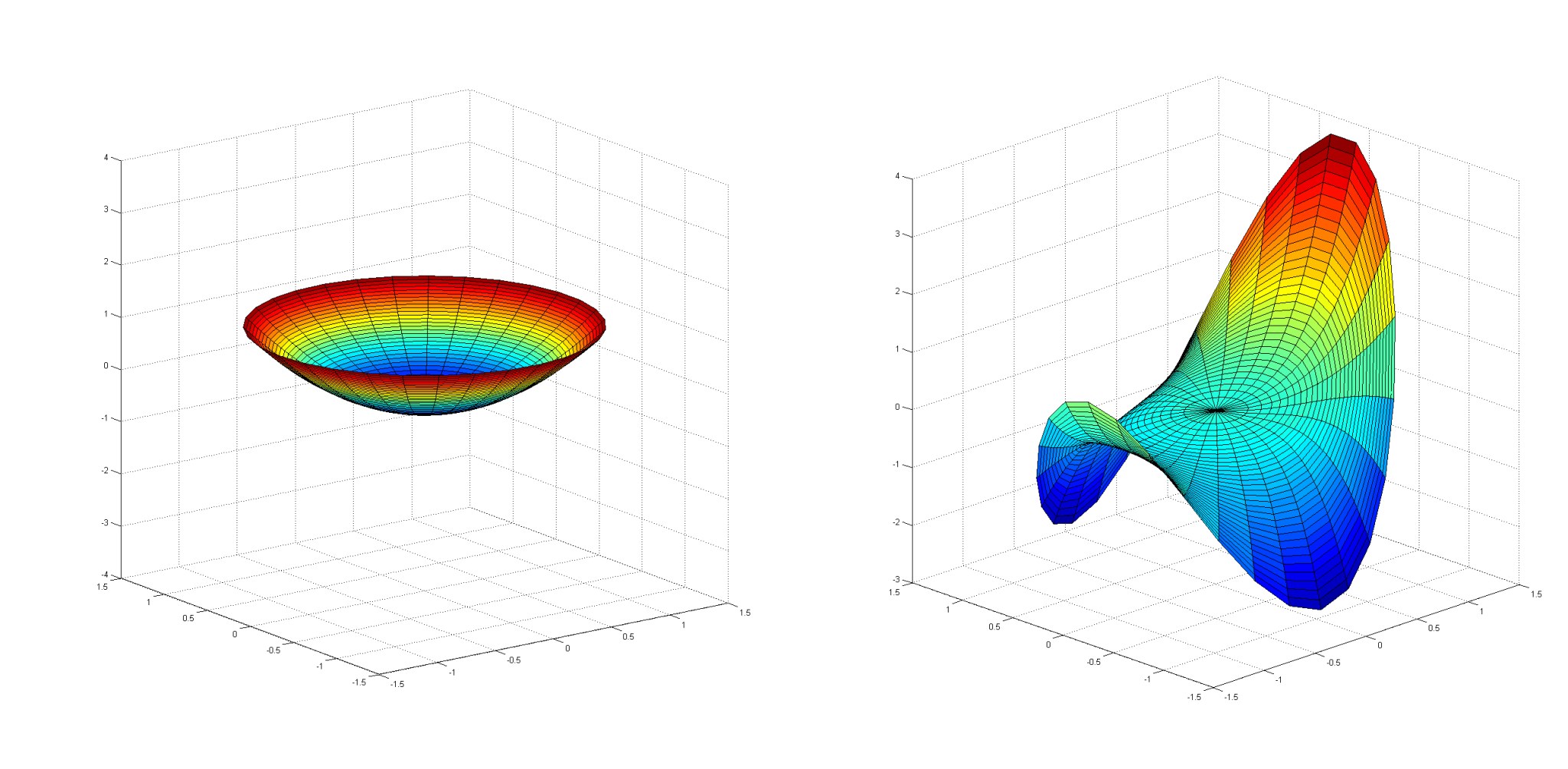Telescope mirrors of old basically came in one shape: they were round and fit nicely inside a tube. No longer. An emerging optics technology now allows these light-gathering devices to take almost any shape, potentially providing improved image quality over a larger field of view — all in a smaller package.
Called freeform optics, this emerging mirror technology, brought about by advances in computer-controlled fabrication and testing, has triggered a sea change in optical engineering. Seeing the benefit of “potato chip-shape” or asymmetrical optics, NASA optical engineers at the Goddard Space Flight Center in Greenbelt, Maryland, have moved quickly to establish an expertise in this emerging technology.
“The use of freeform optics can significantly reduce the package size as well as improve the image quality,” said Joseph Howard, who is working with Goddard engineer Garrett West to ultimately design, integrate, and test a two-mirror freeform optical telescope for imaging and spectroscopic applications.
According to both Howard and West, the technology holds great promise for scientists who want to develop compact telescopes for CubeSat and other small satellites — an increasingly popular and cost-effective alternative to more traditional missions that are more expensive to build and launch.
“If you want to put these telescopes into a smaller box, you need to let the mirrors bend like a potato chip,” Howard explained.
With traditional two-mirror telescopes consisting of a primary light-gathering mirror and smaller, secondary mirrors, which relay the incoming light and direct it onto a detector, the rotationally symmetric — in other words, round — mirrors need to be aligned along the axis of the system to reduce optical aberrations that produce blurry images.
With freeform optics, however, the asymmetric mirrors can better correct for these aberrations to provide a larger usable field of view, as well as dramatically reduce the light path, or package size.
As part of their research effort, Howard and West recently evaluated the optical system of a coastal measurement instrument, originally equipped with nine symmetrical mirrors. By replacing the mirrors with freeform optics, they were able to reduce the size and number of mirrors to six, shrinking the telescope’s overall packaging by more than tenfold.
They also have selected a candidate two-mirror freeform optical telescope design, and are now awaiting the delivery of the two freeform mirrors with which they plan to assemble a prototype instrument for testing. “Our design studies suggest that a factor of five or more reduction in the volume of optical instrumentation can be achieved by freeform surfaces,” Howard said, adding that image quality also improves considerably.
Next year, the team plans to continue testing its two-mirror instrument, which includes a freeform mirror manufactured with 3-D printing, also called additive manufacturing. This extends the work of another R&D effort that developed the first imaging telescopes assembled almost exclusively with 3-D manufactured parts. With this technique, a computer-controlled laser melts material in precise locations as indicated by a 3-D CAD model. Because the mirror will be constructed layer by layer, it will be possible to construct a mirror with any shape.
The team believes the technology could prove to be game changing for a number of future missions, including instruments for imaging exoplanets. “NASA will benefit,” Howard said. “Freeform optics will be critical. They will enable larger fields of view and fit in size-limited packages, such as those found in CubeSats and small satellites, or on larger missions where space allocations are tight,” Howard said.
To hasten the learning curve, Howard and his colleague, engineer Garrett West, established a group called the Freeform Optics Research Group Endeavor (FORGE). The group oversees freeform-optics research carried out by private industry under NASA’s Small Business Innovative Research program and Goddard scientists and engineers. The group already has implemented freeform-design practices in Goddard’s Optical Design Laboratory, known as the ODL, which provides design and engineering for instrument proposal efforts.
Other non-NASA research groups also are studying freeform optics, including the Center for Freeform Optics (CeFO), a National Science Foundation-sponsored cooperative research center headquartered at the University of Rochester in New York and the University of North Carolina-Charlotte. Currently, FORGE and CeFO are discussing possible ways to collaborate on instrument concepts using freeform optics, Howard said.
Related Links




























